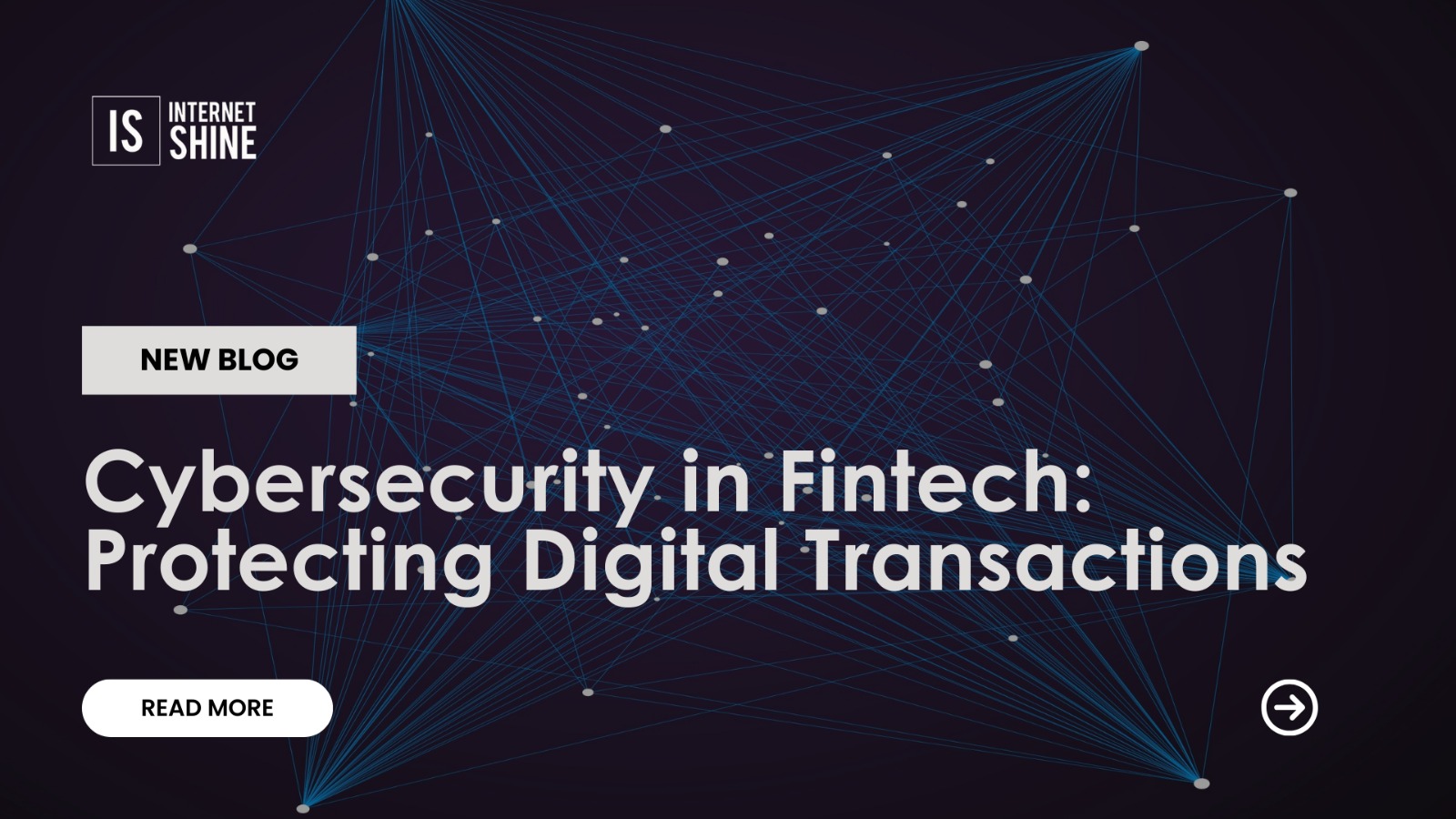Cybersecurity in Fintech: Protecting Digital Transactions
In the rapidly evolving world of financial technology (fintech), digital transactions have become the backbone of the modern financial ecosystem. From online banking to mobile payments, the convenience and speed of digital transactions have transformed how we manage money. However, with this transformation comes a significant challenge: ensuring the security of digital transactions. Cybersecurity in fintech is not just a technical necessity; it is crucial for maintaining trust, safeguarding sensitive information, and preventing financial losses.
The Importance of Cybersecurity in Fintech
The fintech industry deals with vast amounts of sensitive data, including personal information, financial records, and transaction details. As fintech companies continue to innovate and expand their services, they also become prime targets for cybercriminals. A successful cyberattack can result in severe consequences, including financial losses, reputational damage, and loss of customer trust. Therefore, robust cybersecurity measures are essential to protect digital transactions and maintain the integrity of the financial system.
Common Cybersecurity Threats in Fintech
- Phishing Attacks: Cybercriminals use phishing emails or messages to trick individuals into revealing personal information or login credentials. Once they gain access, they can manipulate accounts or perform unauthorized transactions.
- Malware: Malicious software, such as ransomware and keyloggers, can infiltrate systems to steal sensitive data or hold it hostage until a ransom is paid.
- Man-in-the-Middle (MitM) Attacks: In these attacks, hackers intercept and potentially alter communication between two parties without their knowledge, compromising the integrity of transactions.
- Data Breaches: Unauthorized access to a company’s data storage can result in the exposure of sensitive customer information, leading to identity theft and financial fraud.
- Distributed Denial of Service (DDoS) Attacks: By overwhelming a fintech service with traffic, attackers can disrupt operations and make it inaccessible to legitimate users.
Strategies for Enhancing Cybersecurity in Fintech
- Advanced Encryption: Encrypting data ensures that even if it is intercepted, it cannot be read or used by unauthorized parties. End-to-end encryption is particularly effective for protecting data during transmission.
- Multi-Factor Authentication (MFA): Implementing MFA adds an extra layer of security by requiring users to provide multiple forms of verification before accessing accounts or performing transactions.
- Regular Security Audits: Conducting frequent security audits helps identify vulnerabilities and ensure that security measures are up-to-date and effective against emerging threats.
- Employee Training: Educating employees about cybersecurity best practices, such as recognizing phishing attempts and securing devices, is crucial for preventing internal security breaches.
- Robust Firewalls and Intrusion Detection Systems (IDS): Firewalls and IDS help monitor and block suspicious activities, providing a first line of defense against cyberattacks.
- Behavioral Analytics: Using AI and machine learning to analyze user behavior can help detect and respond to unusual activity that may indicate a security breach.
- Incident Response Plan: Having a well-defined incident response plan ensures that in the event of a cyberattack, the company can quickly and effectively mitigate damage and recover.
Regulatory Compliance and Industry Standards
Compliance with regulatory requirements and industry standards is crucial for fintech companies to ensure they are maintaining the highest levels of cybersecurity. Key regulations and standards include:
- General Data Protection Regulation (GDPR): GDPR sets guidelines for the collection and processing of personal information within the European Union, emphasizing the protection of customer data.
- Payment Card Industry Data Security Standard (PCI DSS): This standard applies to companies that handle credit card information and sets requirements for securing payment data.
- Financial Industry Regulatory Authority (FINRA): FINRA enforces rules for broker-dealers, including cybersecurity standards to protect sensitive financial information.
- The Federal Financial Institutions Examination Council (FFIEC): FFIEC provides guidelines for financial institutions in the United States, focusing on protecting customer information and ensuring safe banking operations.
Emerging Technologies in Fintech Cybersecurity
The fintech industry is leveraging emerging technologies to enhance cybersecurity measures and stay ahead of cyber threats. Some of these technologies include:
- Blockchain Technology: Blockchain’s decentralized nature and cryptographic security make it highly resistant to tampering and fraud, providing a secure framework for transactions.
- Artificial Intelligence (AI) and Machine Learning (ML): AI and ML can analyze vast amounts of data to identify patterns and detect anomalies that may indicate a security threat.
- Biometric Authentication: Technologies such as fingerprint scanning, facial recognition, and voice recognition add an extra layer of security by ensuring that only authorized users can access accounts and perform transactions.
- Quantum Cryptography: As quantum computing becomes more prevalent, quantum cryptography will offer unprecedented levels of security by leveraging the principles of quantum mechanics.
The Role of Consumer Awareness
While fintech companies implement robust cybersecurity measures, consumer awareness also plays a critical role in protecting digital transactions. Customers should be educated about:
- Recognizing Phishing Attempts: Understanding how to identify phishing emails and messages can prevent unauthorized access to personal information.
- Using Strong Passwords: Encouraging the use of complex, unique passwords and the regular updating of passwords can reduce the risk of account breaches.
- Enabling Multi-Factor Authentication: Consumers should be advised to enable MFA wherever possible to add an extra layer of security to their accounts.
- Keeping Software Updated: Regularly updating software and applications ensures that security patches are applied, protecting against known vulnerabilities.
Conclusion
As fintech continues to revolutionize the financial industry, cybersecurity remains a top priority for protecting digital transactions. By implementing advanced security measures, adhering to regulatory standards, leveraging emerging technologies, and promoting consumer awareness, fintech companies can create a secure environment that fosters trust and innovation. The battle against cyber threats is ongoing, and staying vigilant is essential to safeguarding the future of digital finance.

